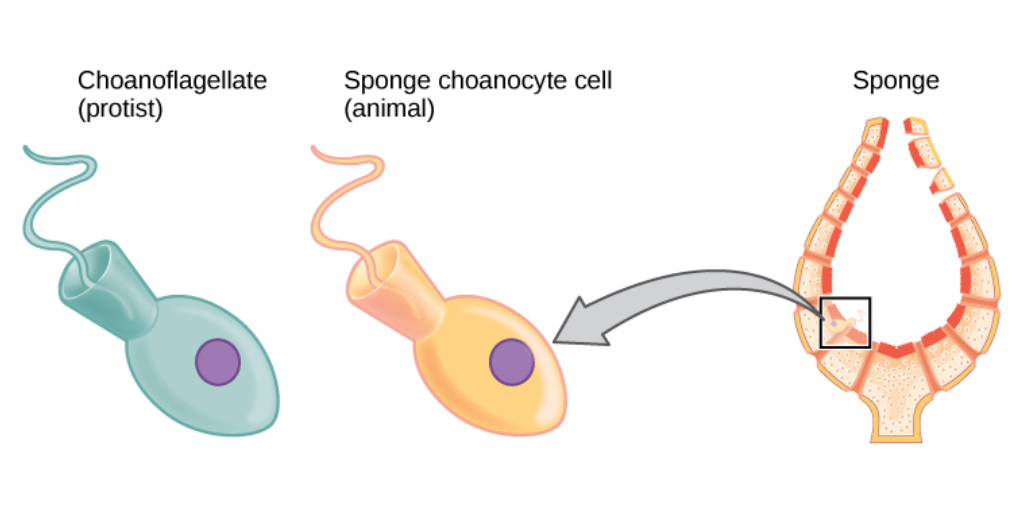|
Ascute Asconoides
''Ascute asconoides'' is a species of calcareous sponge The calcareous sponges of class Calcarea are members of the animal phylum Porifera, the cellular sponges. They are characterized by spicules made of calcium carbonate in the form of calcite or aragonite. While the spicules in most species hav ... found in Australia.Borojevic, R.; Boury-Esnault, N.; Manuel, M.; Vacelet, J. (2002). Order Leucosolenida Hartman, 1958, in: Hooper, J.N.A.; Van Soest, R.W.M. (Ed.) (2002). Systema Porifera: a guide to the classification of sponges. pp. 1157-118/ref> References Sponges described in 1886 Sponges of Australia Ascute {{calcarea-stub ... [...More Info...] [...Related Items...] OR: [Wikipedia] [Google] [Baidu] |
Henry John Carter
Henry John Carter, FRS (18 August 1813 – 4 May 1895) was a surgeon working in Bombay, India, who carried out work in geology, paleontology, and zoology. He worked as an army surgeon in Bombay from 1859 on Her Majesty's Indian Service, Bombay Establishment. He edited a collection of geological papers on Western India, including a summary of the geology of India, which was published in 1857. Many items of his published work appeared in the journal of the Bombay Branch of the Royal Asiatic Society, and in the Annals of Natural History. He was elected a Fellow of the Royal Society in 1859. Life and work Carter joined the Devon and Exeter Hospital at the age of sixteen, and graduated from University College in 1837 and obtained admission to the College of Surgeons in 1838. He was house surgeon for a year and then conservator of the museum. He visited Ecole de Medecine in Paris in 1840 and joined the East India Company in 1841. He served in Calcutta, Madras and Mauritius. He ... [...More Info...] [...Related Items...] OR: [Wikipedia] [Google] [Baidu] |
Calcareous Sponge
The calcareous sponges of class Calcarea are members of the animal phylum Porifera, the cellular sponges. They are characterized by spicules made of calcium carbonate in the form of calcite or aragonite. While the spicules in most species have three points, in some species they have either two or four points. Biology All sponges in this class are strictly marine, and, while they are distributed worldwide, most are found in shallow tropical waters. Like nearly all other sponges, they are sedentary filter feeders. All three sponge body plans are represented within class Calcarea : asconoid, syconoid, and leuconoid. Typically, calcareous sponges are small, measuring less than in height, and drab in colour. However, a few brightly coloured species are also known. Calcareous sponges vary from radially symmetrical vase-shaped body types to colonies made up of a meshwork of thin tubes, or irregular massive forms. The skeleton has either a mesh or honeycomb structure. Classificat ... [...More Info...] [...Related Items...] OR: [Wikipedia] [Google] [Baidu] |
Sponges Described In 1886
Sponges, the members of the phylum Porifera (; meaning 'pore bearer'), are a basal animal clade as a sister of the diploblasts. They are multicellular organisms that have bodies full of pores and channels allowing water to circulate through them, consisting of jelly-like mesohyl sandwiched between two thin layers of cells. Sponges have unspecialized cells that can transform into other types and that often migrate between the main cell layers and the mesohyl in the process. Sponges do not have nervous, digestive or circulatory systems. Instead, most rely on maintaining a constant water flow through their bodies to obtain food and oxygen and to remove wastes. Sponges were first to branch off the evolutionary tree from the last common ancestor of all animals, making them the sister group of all other animals. Etymology The term ''sponge'' derives from the Ancient Greek word ( 'sponge'). Overview Sponges are similar to other animals in that they are multicellular, h ... [...More Info...] [...Related Items...] OR: [Wikipedia] [Google] [Baidu] |
Sponges Of Australia
Sponges, the members of the phylum Porifera (; meaning 'pore bearer'), are a basal animal clade as a sister of the diploblasts. They are multicellular organisms that have bodies full of pores and channels allowing water to circulate through them, consisting of jelly-like mesohyl sandwiched between two thin layers of cells. Sponges have unspecialized cells that can transform into other types and that often migrate between the main cell layers and the mesohyl in the process. Sponges do not have nervous, digestive or circulatory systems. Instead, most rely on maintaining a constant water flow through their bodies to obtain food and oxygen and to remove wastes. Sponges were first to branch off the evolutionary tree from the last common ancestor of all animals, making them the sister group of all other animals. Etymology The term ''sponge'' derives from the Ancient Greek word ( 'sponge'). Overview Sponges are similar to other animals in that they are multicellular, het ... [...More Info...] [...Related Items...] OR: [Wikipedia] [Google] [Baidu] |



